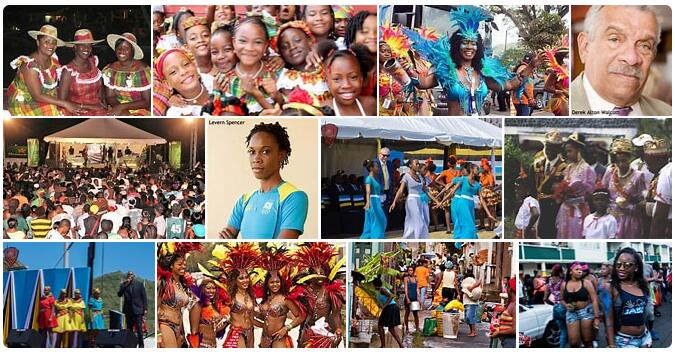
The total population in Saint Lucia is 183,638 people in 2020. Even before Columbus invaded the island in 1502 and named it Santa Lucía, it had been conquered by the warriors of the Caribbean, who had displaced the indigenous people, the arawak, who had reached the island from South America.
Neither Spaniards nor Englishmen were able to fight the local resistance. In 1660, the French settled on the island and it began 150 years of struggle with the British for control of the island. At least 14 times the flag over the island was changed.
With the Paris Treaty of 1814, Britain gained control of the island – until its independence in 1978. The language of patois – a mixture of French and African languages - is one of the remaining signs of the long French influence.
As a British colony, St. Lucia transformed into a sugar plantation and populated with African slaves. Agriculture remains the country’s most important economic activity, but already 20 years ago bananas replaced sugar cane as the most important crop. There are also cocoa and coconut plantations.
During the colonial period, the country was administered with the other British Isles among the small Antilles, and in 1959-62 it was part of the West Indies Federation and had its own governor. In 1967 it gained increased autonomy and a new constitution within the framework of the West Indies. However, the disagreements between them led to separate negotiations on independence.
The first elections as an independent state were made in 1979 and were won by St. Lucia’s Workers ‘Party (SLP), which beat then-Prime Minister John GM Compton’s Workers’ Unity Party (ULP).
